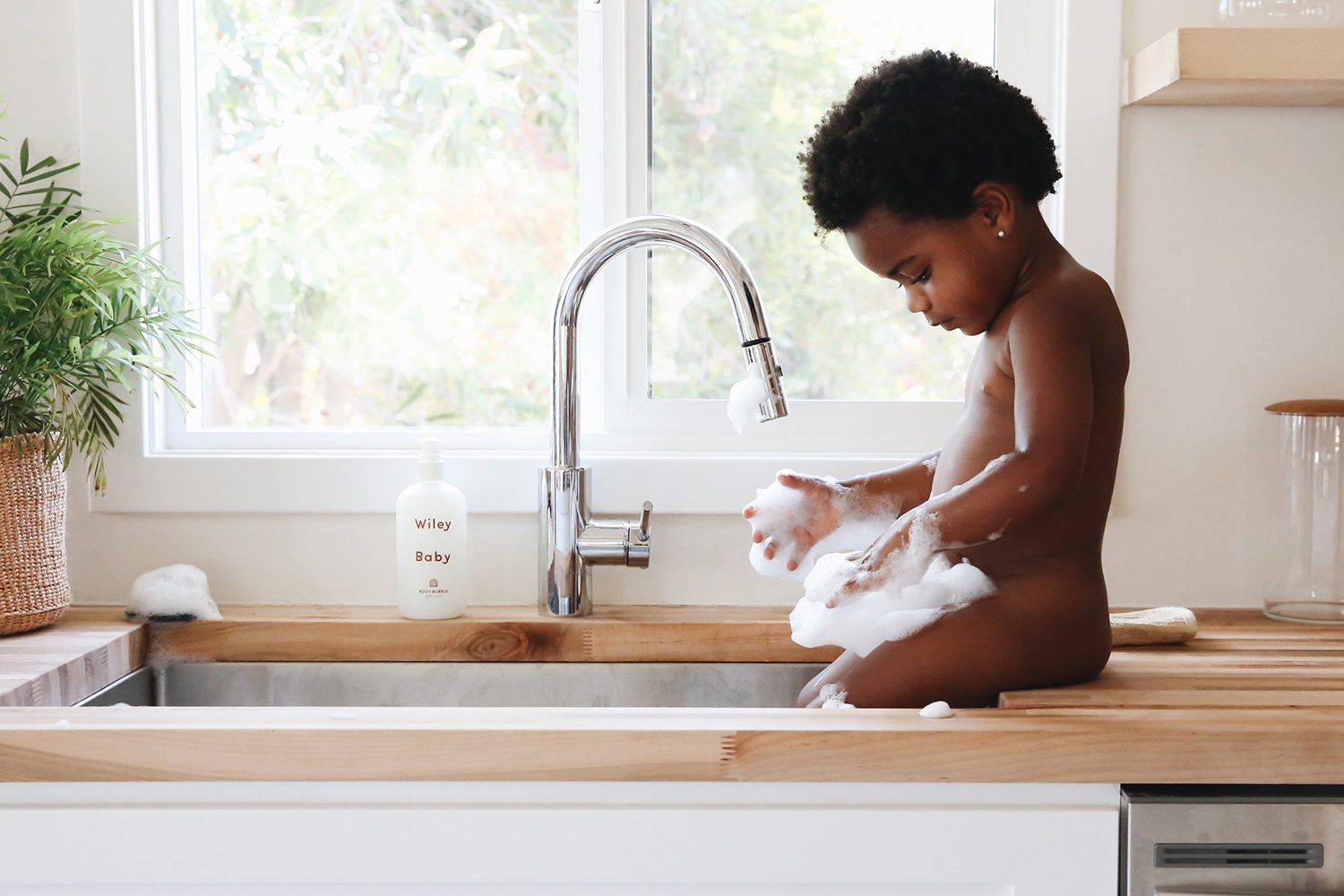
New Brand Wiley Body Makes Baby Personal Care Millennial Mothers Will Want For Themselves
Graphic designers, friends and mothers Vanessa Wade and Jane Riley have created the brand they’d like to buy for their kids and themselves.
That brand, Wiley Body, joins the swelling ranks of classy baby personal care startups such as Kiss Kiss Goodnight, Gryph & IvyRose and Evereden directed at parents fleeing Johnson’s in favor of companies aesthetically aligned with the Glossier, Herbivore and Noto Botanics products in their bathroom cabinets, and contents akin to farmers’ market fare rather than fast food. It’s debuting with Body Bubble, which is formulated to be used as a shampoo, body wash and bubble bath with ingredients that include calendula, aloe vera and chamomile extracts.
“We see a lot of baby brands that are cutesy and really catering to kids when it’s the mom who is purchasing,” says Riley. “We still very much wanted to look accessible for a kid and not too grown-up, but look beautiful on the shelf and be something that a mom is drawn to.”
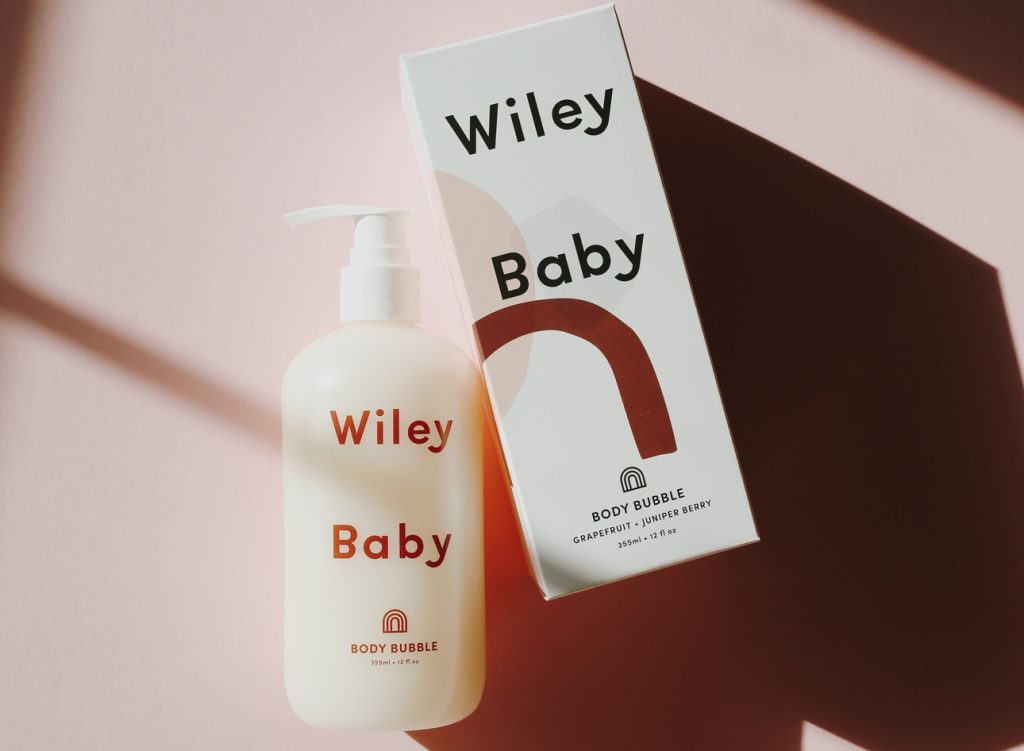
Wiley Body’s exterior box features colorful, organic shapes that supply a playful touch. They also hint at the brand’s natural inclination. Inside the box, customers discover a white Body Bubble bottle with rust lettering that wouldn’t be out of place in any adult’s shower.
Wade and Riley began developing Wiley Body with a plan to launch five products. Then, they calculated how much it would cost to launch five. So, they pivoted to launching three products. Then, they figured how much it would cost to launch three. Finally, they decided to just release Body Bubble. It took roughly $25,000 to bring the brand to market with it.
“We see a lot of baby brands that are cutesy and really catering to kids when it’s the mom who is purchasing. We still very much wanted to look accessible for a kid and not too grown-up, but look beautiful on the shelf and be something that a mom is drawn to.”
“If we were to perceive this brand from a distance, and we saw that the brand came out with one product that, to us, would say they spent a lot of time, effort and energy on that one product, and that felt really true to us,” says Riley. “We did spend a lot of time and energy and, quite literally, money and effort on this one product to get it right.”
The solo multipurpose product suits the reality of a child’s bath time. Before Wiley Body, Riley and Wade were slathering their kids with whatever product they could find in the bath to efficiently and effectively clean them, and believe their fellow moms have done the same, although they tend to worry that bubble bath irritates their kids’ skin. Body Bubble is consciously crafted for sensitive skin to alleviate that worry.
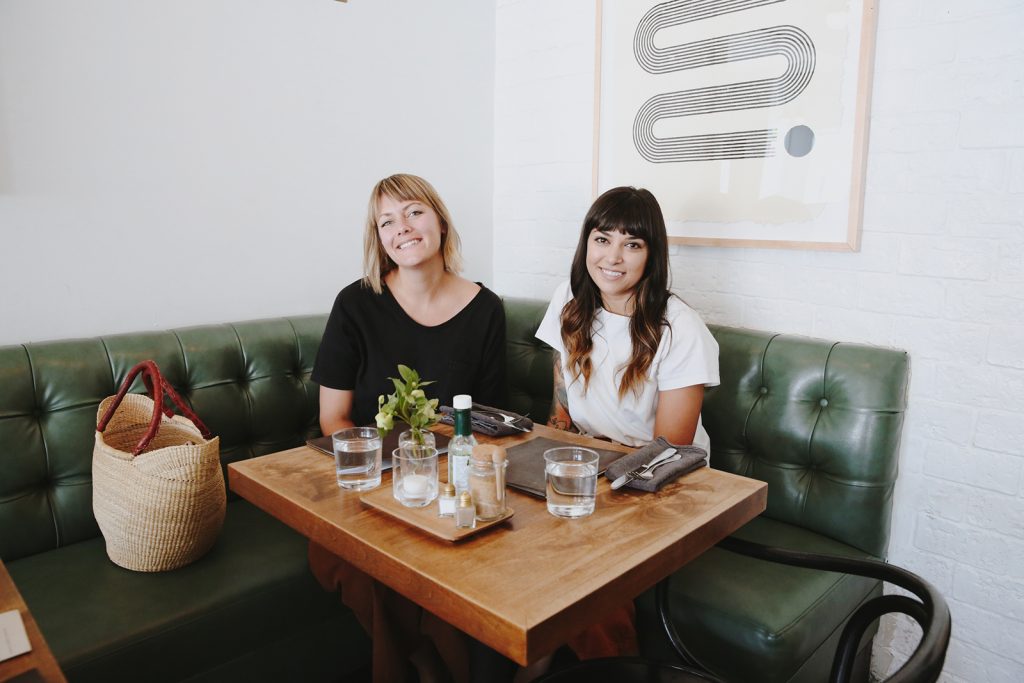
The solo product speaks to Wiley Body’s anti-excess philosophy as well. “The brand does more with less,” says Riley. “We simplify, elevate and bring the products in your bathroom down in quantity, so you consume less.”
At $34, Body Bubble isn’t cheap, and Riley and Wade admit they deliberated on the price extensively. They explain the lofty price is necessary to factor in a retail margin, and incorporate high-end materials and ingredients. And they suggest Body Bubble provides value to parents because it can eliminate other bath-time products and a dime-sized helping of its cushiony formula goes a long way.
“The brand does more with less. We simplify, elevate and bring the products in your bathroom down in quantity, so you consume less.”
“We tried to make it as inexpensive and accessible as possible while still having it make sense on paper as a business,” says Riley. “In the end, we really had to own the fact of what our product costs because we put in top-tier ingredients. We weren’t cutting corners, and we were funding it all ourselves and making a high-end experience.”
Riley and Wade, who combined their last names to form the Wiley in their brand’s name, met six years ago at a graphic design conference and became chummy. They had a long-distance friendship for four years until, in 2016, Riley moved from Dallas to Wade’s hometown of San Diego. United geographically, they frequently worked together and arrived at the idea of building a brand together.
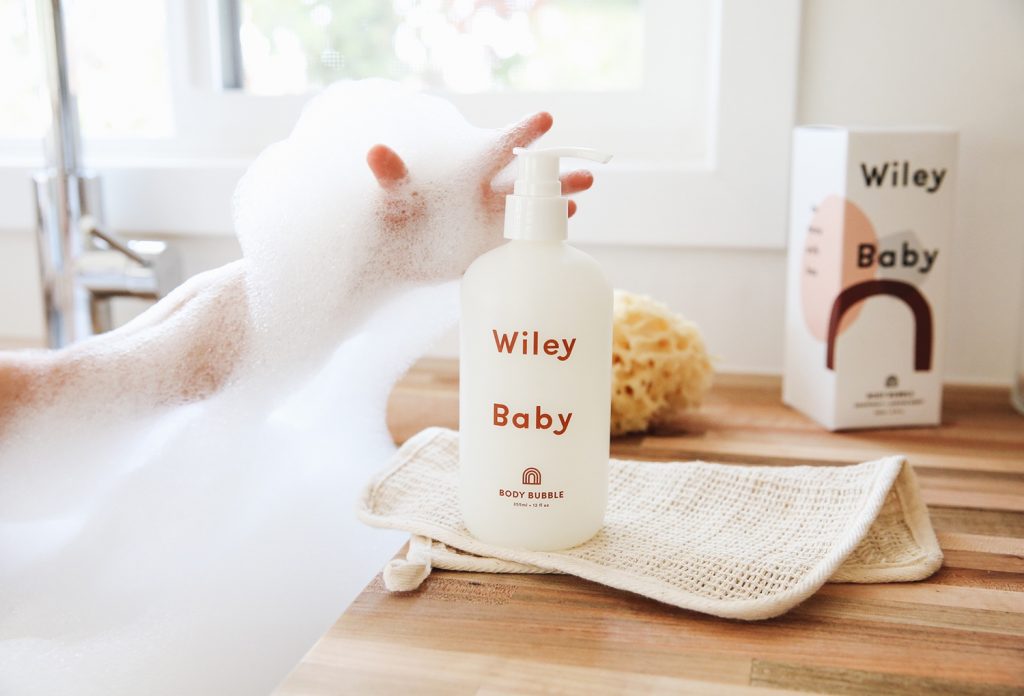
They knew transitioning their relationship from personal to professional was risky and drew up a contract to address the potential risks. Among many matters, it delves into ownership, what happens if either Riley or Wade exits the brand, and a possible dissolution of Wiley Body.
“It was important to us to be on equal footing. We are both putting in the same amount of money and hours, so we both have the same sweat equity and financial equity in the company,” says Riley, adding, “We want this to be a big thing. We are taking this seriously.”
“It was important to us to be on equal footing. We are both putting in the same amount of money and hours, so we both have the same sweat equity and financial equity in the company.”
Big things often don’t start big. Riley and Wade aren’t out to turn Wiley Body into an overnight sensation. For the brand’s first year, their ambition is to secure two to three stores in each state. The goal is to hit $40,000 to $50,000 in sales.
Wiley Body will stick to baby products at least through next year and, after that, Riley and Wade envision introducing tween merchandise and a women’s line. “We’ve already considering doing a face wash that we want to use non-stop,” says Wade. “I want to make essentials and make them really well.”

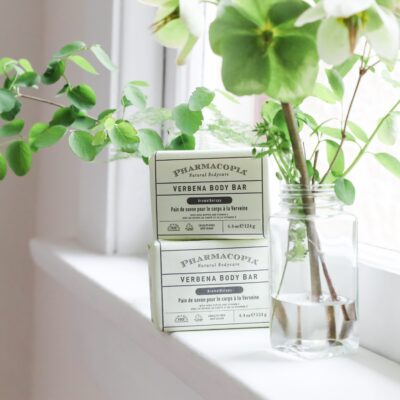
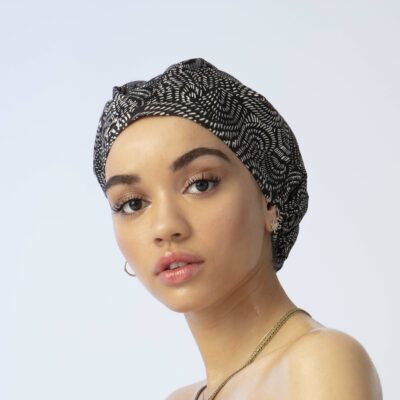
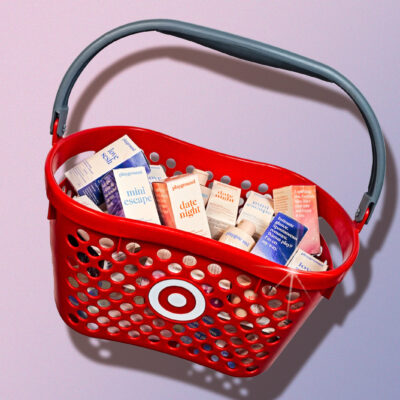

Leave a Reply
You must be logged in to post a comment.